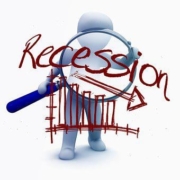Weak, Repetitive Passwords a Common Problem in Government, Says Report
Use of weak and/or repetitive passwords is a common problem in government, according to a report by a cybersecurity firm that is the latest caution about vulnerabilities in that line of defense against hacking.
The report by the Ivanti firm, based on survey data, shows that U.S. federal employees are generally more alert to cyber risks than government employees of other countries. For example, only 19 percent agreed their own actions do not impact their organization’s safety, compared with 34 percent worldwide, and only 22 percent said their organization does not provide mandatory cybersecurity training, compared with 39 percent.
The report cautioned, though, that “When employees find a security measure inefficient or burdensome, they’ll find a way around it that is decidedly not secure.” Passwords “are ground zero” for such workarounds, it says, as employees continue to use “pet names, birthdays and the universally favorite unbreakable code: 12345.” Click HERE to read more.





